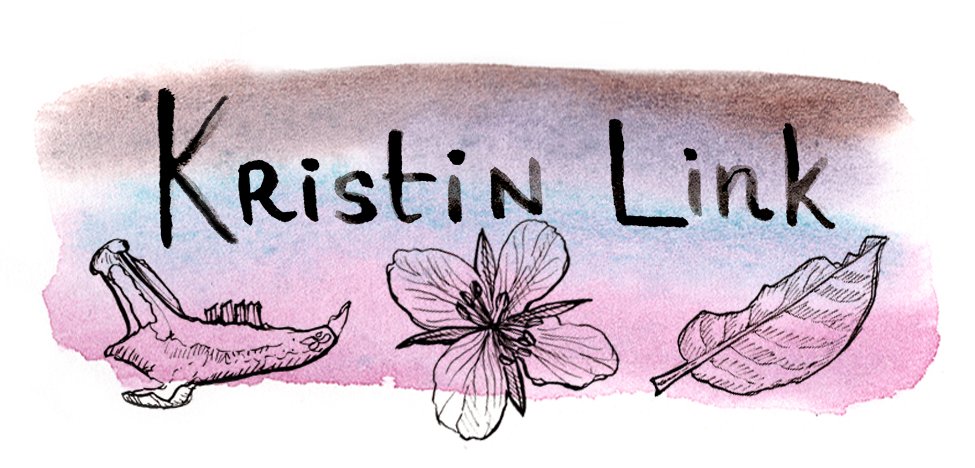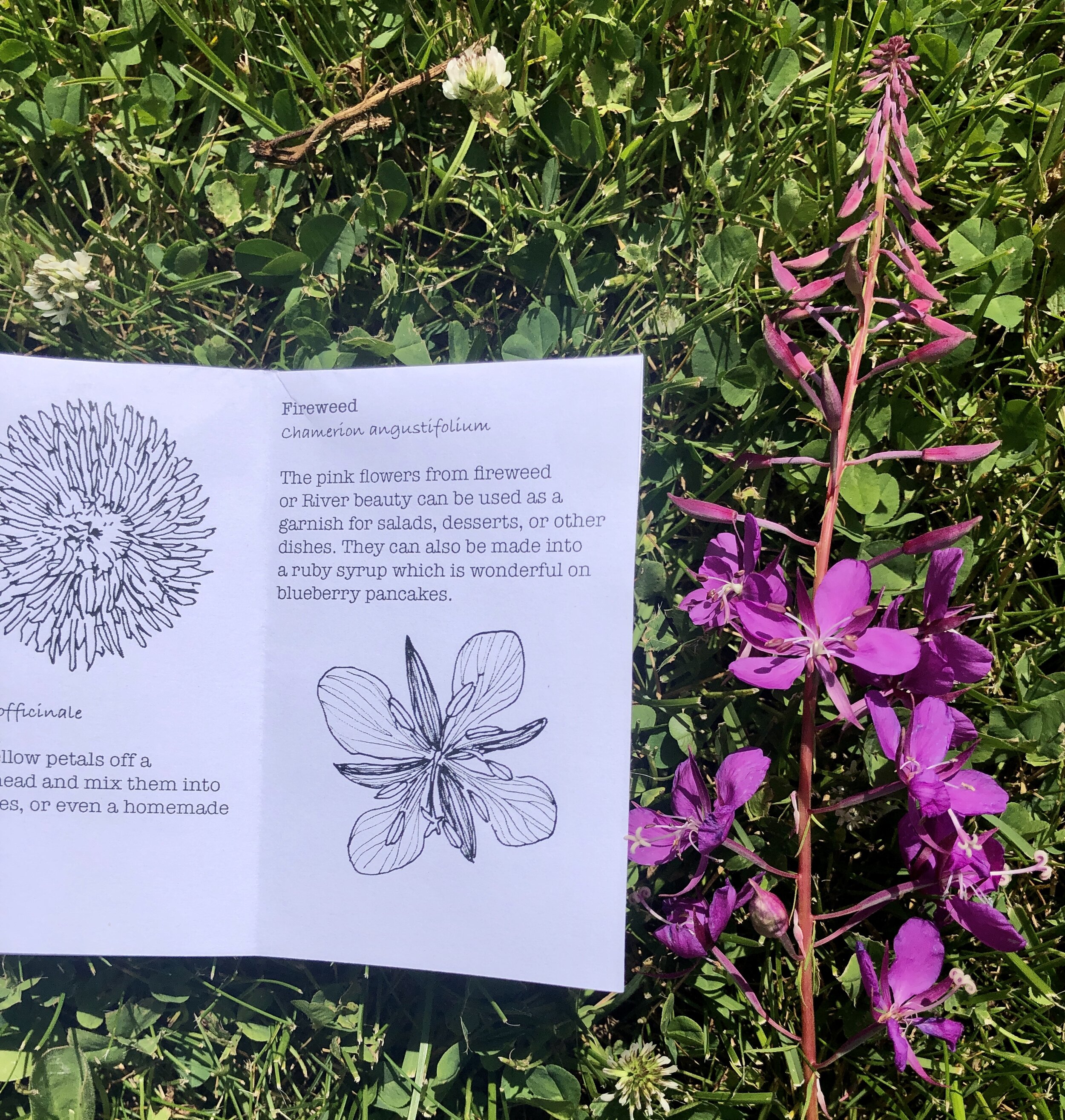I created a mini one-page zine about Edible Flowers in June for my Patreon supporters but I also wanted to share it more widely. There are two versions: one you can read online and one you can download and print. See instructions for how to fold below. I was inspired by Anna Brones and Emily Dilling and their series of QuaranTiny Guides.
Ediible Flowers Zine:
How to fold a zine instructions
zine cover
Learning to Know Plants
This is something I am passionate about because it has been meaningful to me. During my childhood, I was a nature nerd who loved spending time in gardens and forests. I still am. When I was a young adult in college I spent most of my summers working as a caretaker for the Green Mountain Club (GMC). My first job there was working on Mt. Mansfield where we did some trail maintenance but mostly talked to people about the unique alpine environment (above treeline) and what makes the plants special and fragile. Vermont has a few peaks that go above treeline and a small area of alpine ecosystem. The plants that grow up there are specialized and exist in somewhat tiny endemic islands so the GMC employs people to educate the public about that and to try to protect those areas. During that job was the first time I really learned plants, to recognize them, to appreciate what made each one specific, and to share that with others. I talked to people about Brigalow’s Sedge and Mountain Sandwort and found the tiny rare patches of Diapensia and Moss Campion. Ironically now I live in Alaska and the same plants live in the alpine and arctic tundra here though they are much more common, I still appreciate them.
The journey of learning alpine plants got me interested in more of the plants in the forest and especially ones that were edible and used by people. That process of learning plants and foraging has taught me to feel grounded and contributed to my sense of place. When I moved to Alaska it was one of the first things I tried to learn here and is something that helped me to feel at home. Foraging takes time (to learn and to do) and access (to get to land where you can forage), but otherwise doesn’t cost very much money. It is a beautiful way to connect with the landscapes and I think improves one’s health physically because of the nutrients in freshly picked wild plants and spiritually. I think the world would be a better place if more people practiced it mindfully with plants that are abundant (some plants are rare and over-harvested). So I am trying to share more of my experience with this art.
Violet and red clover zine pages
Eating Flowers
Flowers are a particularly fun plant to forage and eat. They have so much energy in summer when they are blooming and have unique textures and flavors that feel really special. I think there is something playful and magical about eating flowers.
I mostly try to forage plants that are very abundant and often considered weeds. Make sure not to take all the petals from one flower (roses) or all the flowers from one plant (fireweed or bluebells) so the plant can still pollinate and reproduce. The exception to that is dandelion which I never feel bad about harvesting. With a plant like violets I rarely take many because I rarely find enough dense patches, but a few violets in tea can be lovely. Many Native Alaskan groups practice leaving mouse food or an offering in exchange for harvesting and to give back to the mice or other creatures whose food they are taking.
If you are new to foraging, I recommend not eating a plant unless you are completely sure what it is. Some plants look similar and may be poisonous. It is a good idea to go with someone who has practice and experience and can teach you. Also, forage away from areas that might have chemicals or pollutants. Take only what you need from populations that are abundant and don’t have a hard time growing back.
Zine back page with further reading and references





